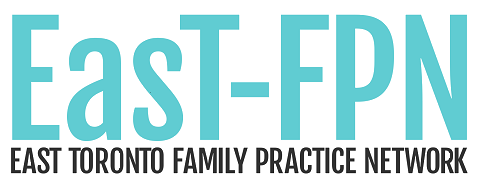Mycoplasma Resistance Patterns
Mycoplasma Resistance Patterns
Ontario is experiencing increased Mycoplasma pneumoniae activity, especially in young and school aged children. M. pneumoniae tends to occur in late summer and early fall, with cyclical increases every three to seven years. Total specimens tested, total positive specimens, and percent positivity have increased compared to same period last year. Activity has remained high since August.
Common symptoms of M. pneumoniae infection are fever, headache, and a slowly worsening cough. Activity is highest in those aged 10-19 years, and they may present with prolonged fever and cough, progressive shortness of breath and fatigue, and oxygen desaturation. Kids 9 and younger may present with milder symptoms including prolonged dry cough for weeks; worse at night and difficulty sleeping. If they also present with wheezing or work of breathing, please consider managing co-morbidities including asthma. Those with pre-existing lung conditions may be at higher risk of more severe disease.
Key messages
Most patients with a mild M. pneumoniae infection will recover without antibiotics
Amoxicillin is the first-line antibiotic in this age group to treat bacterial pneumonia. However, M. pneumoniae is treated with a macrolide. If your patient has worsening symptoms (excluding isolated cough) after 72 hours of amoxicillin or is not getting better in 5-7 days, consider testing and/or switching antibiotics.
For patients with suspected or confirmed M. pneumoniae infection who aren't improving on macrolides, consider using a second-line antibiotic regimen, such as doxycycline or levofloxacin.
Be aware of how to test for M. pneumoniae, using PHO’s testing kit or their local / institutional laboratory practice.
To order testing supplies from PHO, complete the Requisition for Specimen Containers and Supplies and fax completed requisitions to your closest PHO laboratory
Mycoplasma pneumoniae/Chlamydophila pneumoniae PCR Kit (6-Pack) – collection instructions
While there is no vaccine for M. pneumoniae, continue to promote the recommended vaccines for other respiratory pathogens for all patients, based on age and health status, including the annual influenza vaccine, an updated COVID-19 vaccine, an RSV vaccine (if eligible), and a pneumococcal vaccine (at age 65)
